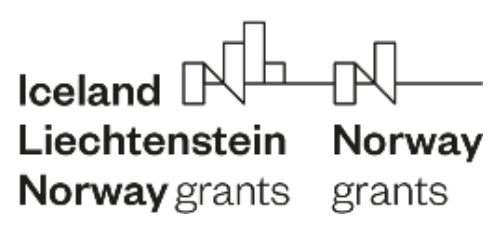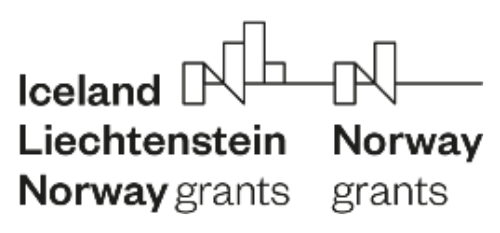In mammalian eye, the visual function depends on the formation of rod and cone photoreceptors of the retina. Rods and cones have three distinct cellular compartments: cell body, inner segment (IS), outer segment (OS), and connecting cilium (CC). The OS and CC together refer to the “sensory cilium”. Like other non-motile cilia, the axoneme of sensory cilium lacks a central pair microtubule, resulting in a 9+0 axoneme structure. The sensory cilium is loaded with proteins involved in the phototransduction cascade. Mutations in genes coding for ciliary proteins lead to ciliopathies. The retinal ciliopathies (RC) are broadly classified as two types, multi-syndromic and non-syndromic. Functional defects that affect more organs than retina result in multi-syndromic RCs, such as Senior-Loken syndrome and Bardet-Biedl syndrome. Functional defects that manifested primarily to the photoreceptor cilia result in non-syndromic RCs, such as Leber Congenital Amaurosis and Retinitis Pigmentosa (RP). RCs encompass genetically and phenotypically diverse groups of diseases and generally exhibit high frequency in the population. Currently, there are no successful causative treatments and few therapeutic measures, so understanding disease pathogenesis at the molecular level is essential for developing potential therapies.
Differences among ciliopathy phenotypes are observed due to both, the causative gene and specific mutations within the unique gene. The specific mutation of the single gene can lead to multi-syndromic ciliopathy pathology, and different mutations in genes that exclusively caused retinal ciliopathies can share overlapping features in the clinical presentation. This blurs the distinction among clinical entities. Even when the genetic basis of a ciliopathy is well understood, the genotype to ciliopathy phenotype associations is still lacking. To understand how a genotype manifest in a phenotype/phenotypes is the process to map genetic alterations to their respective PPIs and biochemical pathways that are potentially affected.
Therefore, our project’s scientific goal is to elucidate the mechanisms of RCs at the protein level via the system and molecular biology approaches. We are aiming to answer the following three questions through the analysis: 1). Why mutations in the same gene can lead to different RCs phenotype. 2). Why mutations in different genes can lead to the same RCs phenotype. 3). Why mutations of non-syndromic RCs do not develop to syndromic RCs.
We will employ our recently developed approach, MAC (Multiple Approaches Combined) –tag system, which enables both affinity-purification coupled to Mass Spectrometry (AP-MS) and BioID-MS in a single pipeline to study protein interactome underlying retinal ciliopathy genes.
In total, 59 genes involved in at least two different RCs phenotypes will be tagged with MAC-tag and express in NIH-3T3 and 661W cell lines. Generated cell lines will be characterized and used for parallel AP-MS and BioID-MS analysis. The comprehensive protein-protein interaction (PPI) network surrounding all these 59 core components will be constructed based on interaction data. Moreover, through the enrichment and clustering analysis of the PPI data, we can recognize potential ciliopathy-associated protein candidates and disease-related subnetworks, which will be further validated by gene silencing. Additionally, we will purchase RC transgenic mouse models (Retinitis Pigmentosa, Leber Congenital Amaurosis, Bardet-Biedl Syndrome) to directly assess potential disease modules along with the dynamics of cilia loss and the resultant phenotypes over time. Furthermore, electrophysiology tests performed on available mouse models will allow us to investigate how the rapid development of the ciliopathy in the eye affects retinal function and vision.
In summary, our study, for the first time, represents the largest and most comprehensive resource of retinal ciliopathies with dynamics information. Since the approach of analyzing PPI as a part of disease pathogenesis is a relatively new research area, our project could open a new field in basic ocular science and help to understand mechanisms of other ocular disorders, such as optic neuropathies. In our opinion, due to the lack of causative treatment, any attempt to approach RCs with novel ideas brings new hopes for researchers to find a more efficient cure and for patients to preserve their vision.

